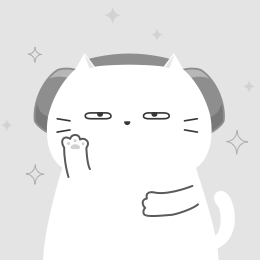
Tattoo artist Shodai Horiren, 52, tattoos her customer Rie Yoshihara at her studio in Warabi, Saitama Prefecture, Japan, September 4, 2020. (REUTERS/Kim Kyung-Hoon)
Transcript
Shodai Horiren got her first tattoo on a trip to Australia nearly 30 years ago. Now, she is tattooed from head to foot. She even has tattoos on the skin on her head.
Horiren is one of Japan’s most well-known traditional tattoo artists.
“Your house gets old, your parents die, you break up with a lover, kids grow and go,” she said. But a tattoo is with you until die and are buried.
The 52-year-old spoke with Reuters reporters from her tattoo business north of Tokyo.

People with tattoos gather together for group photos at the annual gathering of the Irezumi Aikokai (Tattoo Lovers Association) in Tokyo, Japan, February 16, 2020. REUTERS/Kim Kyung-Hoon
Horiren belongs to a growing group of Japanese tattoo lovers who reject cultural taboos connected with this art form. They are turning their skin into colorful pictures with complex full-body designs. Often, these designs involve images from ancient Japanese stories.
In Japan, tattoos are banned from bathhouses, hot spring areas, some beaches and many places where people swim and exercise.
For hundreds of years, tattoos in Japan have been seen as things criminals have. Most recently, they have been linked to members of the yakuza, an organized crime group. Yakuza members’ full-body images end at the hands and neck, helping them hide the tattoos under clothing.
But tattoo fans in Japan hope opinions will change. They believe that popular foreign sports stars with tattoos will help bring about this change. That includes athletes from the 2020 Rugby World Cup and the Tokyo Olympic Games set for next year.
“If you watch the All Blacks do the haka with their tattoos, it makes your heart beat faster,” Horiren said. She was talking about New Zealand’s national rugby team and their ceremonial dance.
Mari Okasaka got her first tattoo when she was 28. Now 48, Okasaka says, “Some people get tattoos for deep reasons.” But she said she does it for fashion, the same way she might buy a nice piece of clothing.
Okasaka’s 24-year-old son, Tenji, hopes to one day have his whole body covered in imagery and colors.
Rie Yoshihara works in a shop that lets vacationers try on traditional kimono clothing. She said her father has still not seen her full back tattoo. And Mara Okasaka covers her arms when she goes outside so her neighbors will not talk badly about her.

Author Hiroki Takamura, 62, shows tattoos on his palms at the annual gathering of the Irezumi Aikokai (Tattoo Lovers Association) in Tokyo, Japan, February 16, 2020. REUTERS/Kim Kyung-Hoon
Still, many tattoo wearers are less afraid now to show their body art. They can be seen at large parties showing their tattoos to others.
Takashi Mikajiri is a surfer who works in the television industry. He says he is still sometimes stopped by officials at beaches and ordered to cover his tattoos.
“In America, if you have a tattoo, people don’t really care," Mikajiri said. “There’s not really any reaction.”
Hiroyuki Nemoto is a party organizer and scrapyard worker. He said of himself and others: “We may have tattoos but we are happy and bright people.”
I’m Alice Bryant.
Words in This Story
tattoo -- n. a picture, word, etc., that is drawn on a person's skin by using a needle and ink
taboo -- n. something that is not acceptable to talk about or do
beach -- n. an area covered with sand or small rocks that is next to an ocean or lake
athlete -- n. a person who is trained in or good at sports, games, or exercises that require physical skill and strength
fashion -- n. a popular way of dressing during a particular time or among a particular group of people
surfer -- n. a person who rides on ocean waves using a surfboard
scrapyard -- n. a place where you can buy, sell, or leave junk























用戶評(píng)論